How many times did you fall off your bicycle as a kid, while learning? I'm very sure you couldn't ride across the street without toppling off your bicycle until you tried several times.
Similarly, the iterative design process is a simple process of conceptualizing, testing, tweaking and repeating. You create a prototype after conducting user research to identify a user need and produce ideas to address it. The prototype is then put to the test to check if it truly satisfies the need. Then the design is modified based on what you discovered through testing. Once you are confident that you have the best product possible for release, you make a new prototype and start the process all over again. Every stage of the design process could go through an iteration any time the designer feels the need to do so. Therefore, it is not necessary to make changes only after the final stage.

Early failure and rebuilding help the team to:
- Develop better ideas with an open mind
- Generate more quality ideas
- Gain knowledge of the product being built at an atomic level
When To Make Use of Iterative Design Process?
Any stage of the design process, even post the product release is scrutinized for any improvements. The iterative design process is of great help in such a scenario. It's important to keep in mind, though, that iterative design will be more cost-effective the earlier it is used in a product's lifespan.
Why? It's because designing a prototype for testing is nearly always cheaper and simpler than developing a system or product first. Then you can make changes based on user feedback. There is a ton of low-cost tools available on the market that enable you to design interactive prototypes for web and mobile apps.
How Would Iteration Help in the Design Process?
- Resources and time saving: Because iterative design processes frequently give us user feedback (or stakeholder feedback, at the very least), it drives us ahead at a constant pace by helping us save a lot of time and resources.
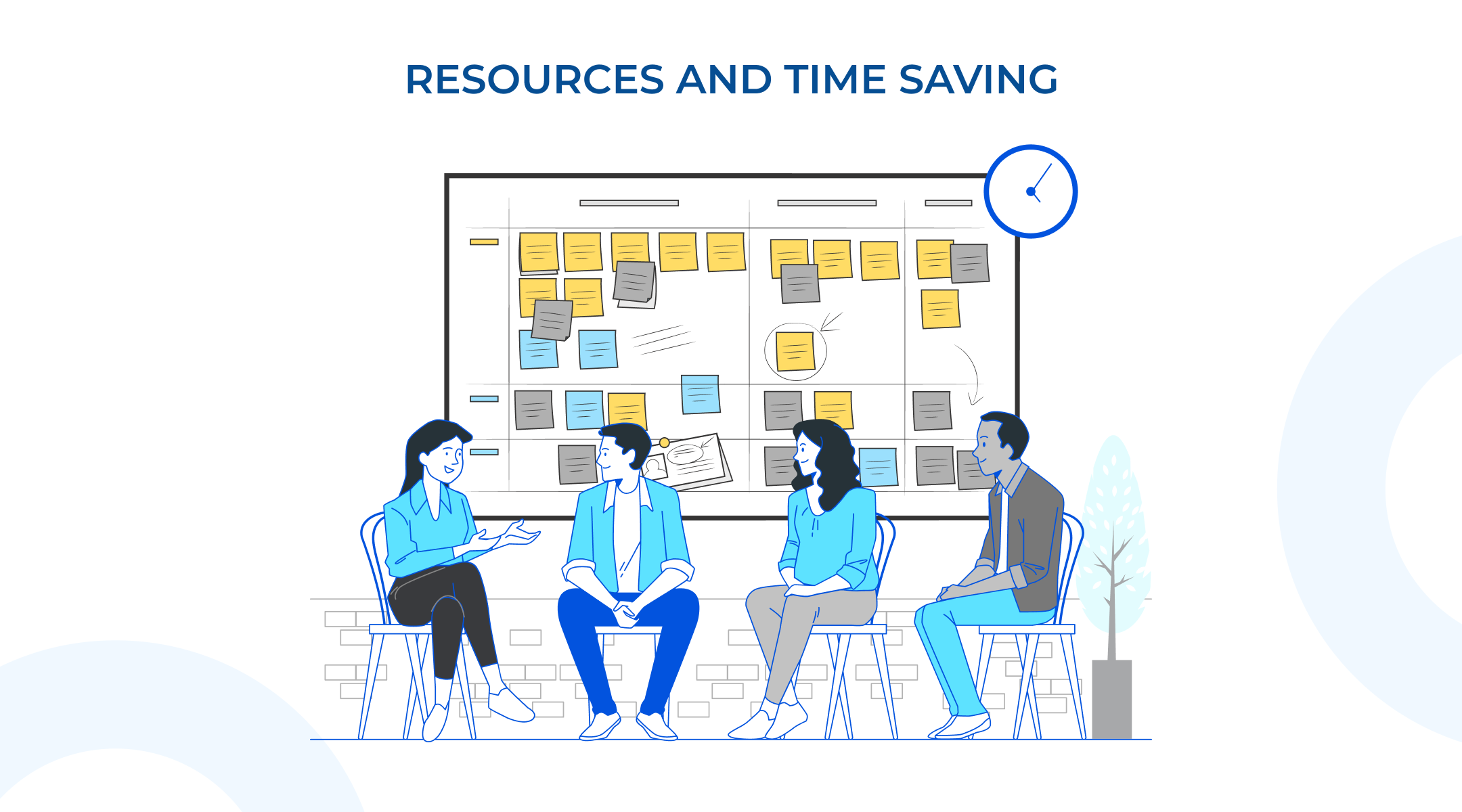
- Promote collaboration: Healthy collaboration is facilitated by an iterative design approach since it gives stakeholders the chance to provide comments and even submit their own ideas. This gives us information that we could have missed in the first place because we can only observe things from our perspective.
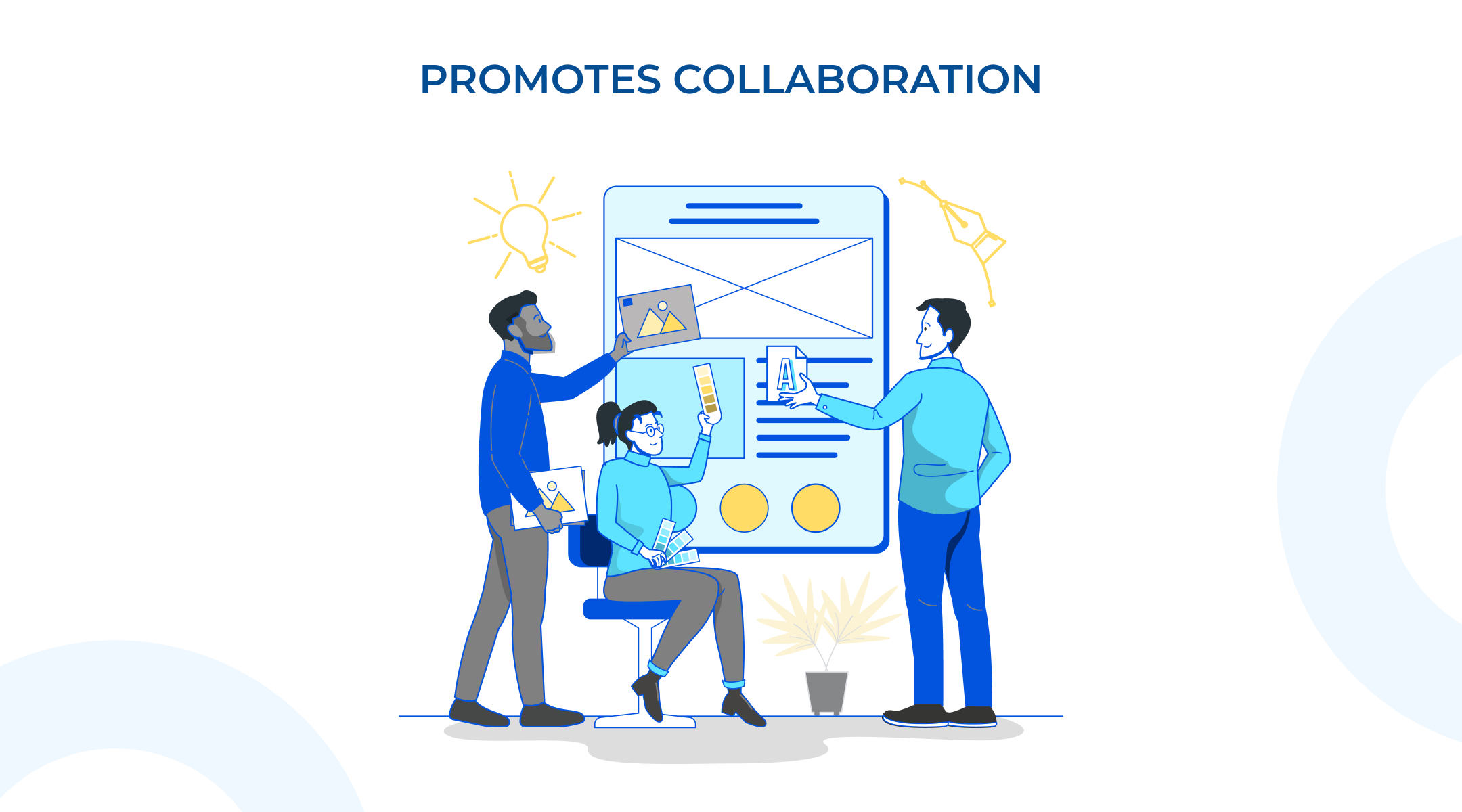
- Address the need of real users: We can stay focused on user demands and make decisions based on their feedback by using an iterative design process.
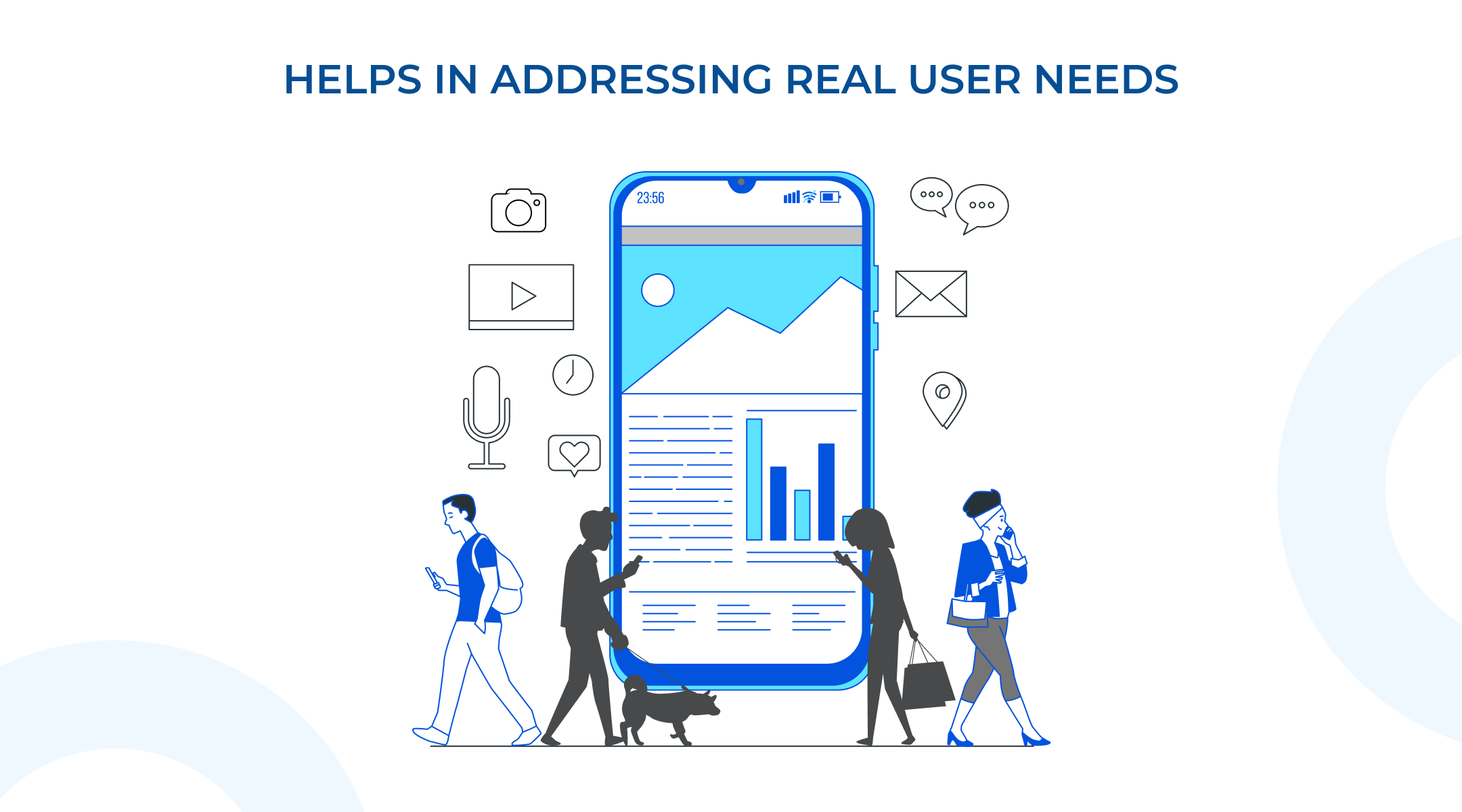
The DOs of Iterative Process
- Dealing early failure: Since failure is unavoidable, it is best to deal with it as soon as possible while still taking notes of what can be improved.
- Remain flexible: Design approaches nevertheless allow us some flexibility even if they have stringent guidelines. This enables us to express our creative freedom without devoting too much time to each iteration. In the end, we must choose:
- which opportunities to prioritize
- when to iterate or test more, and
- how many concurrent design iteration processes should be running at a time?
These choices are mostly based on instinct and experience, utilizing any facts and studies that may be accessible.
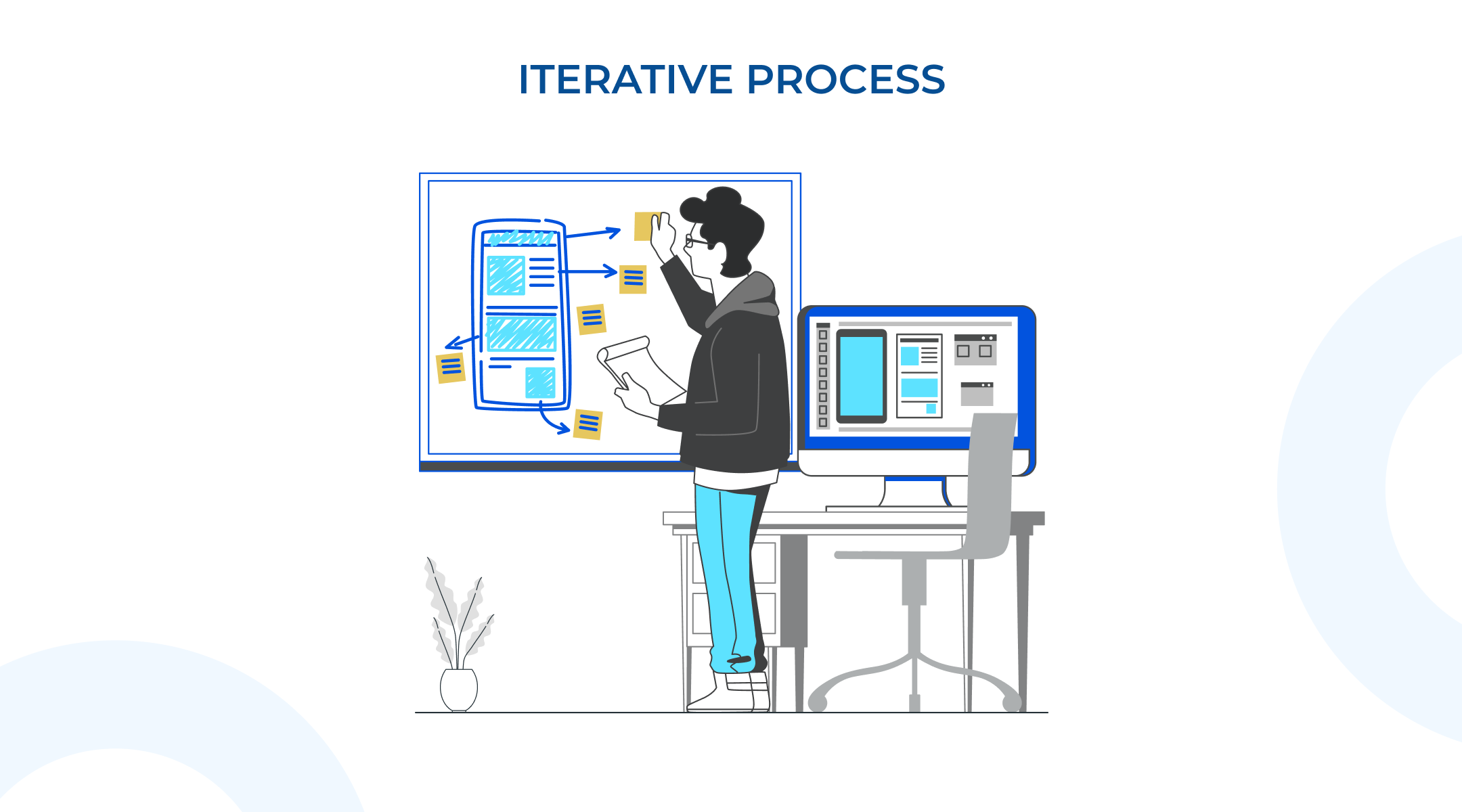
- Non-parallel work: Make use of all resources available to solve other aspects of the product asynchronously and involve the designer to start working on the validated solutions too. This reduces the product timeline significantly.
- Collaborate and listen: Acquiring fresh perspectives and unique expertise from collaborating teammates gives us the confidence to answer any questions that are brought up during the ideation sessions.
Now that you have understood the iterative design process, let's move to the conclusion.
Conclusion
No matter what the design problem is on the table, it's best not to try and solve everything. Choosing a design methodology would be completely based on what needs to be solved. Creating iterations and following the “Fail Faster” methodology does not only concern the design team but can also be used by other departments in the best way possible.
The iterative process can be adapted whenever the need is, by involving multiple resources from different departments of the organization, collaborating, and working asynchronously to get work done faster and efficiently.
Moral of the story: Failure is the key to success! (As quoted by a wise human being)
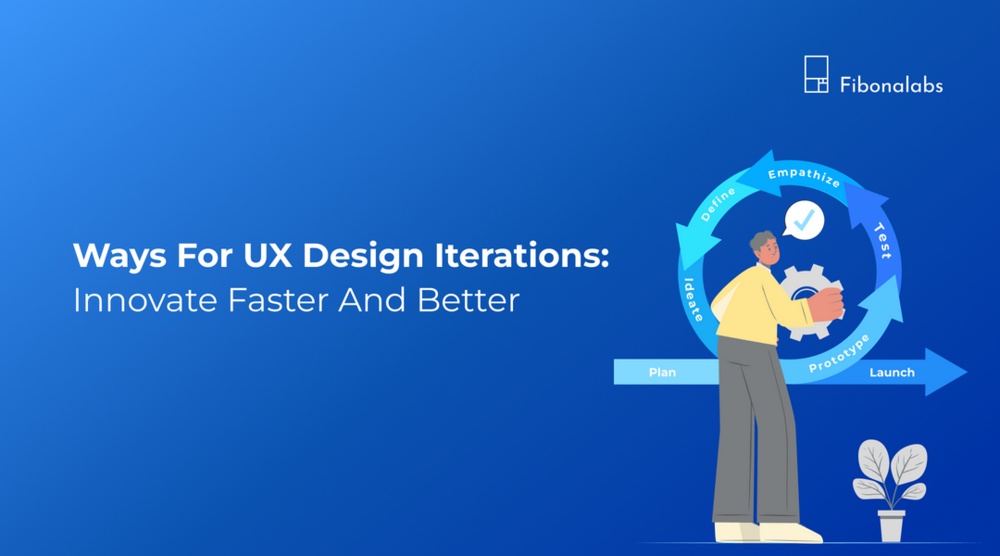

No comments yet